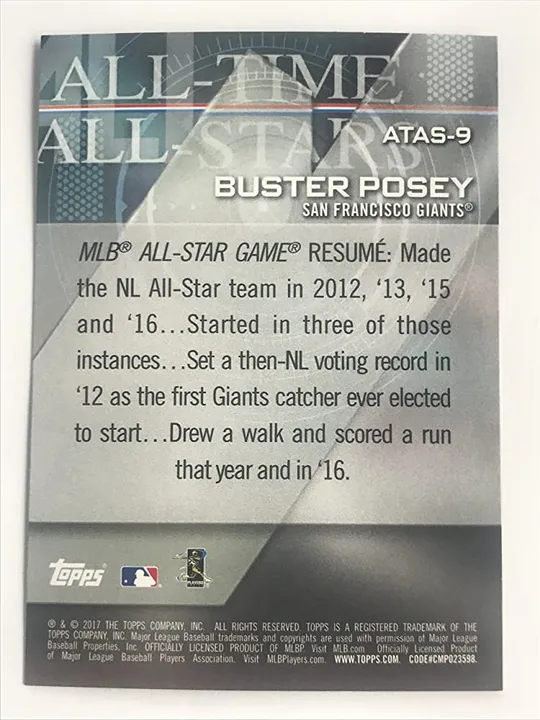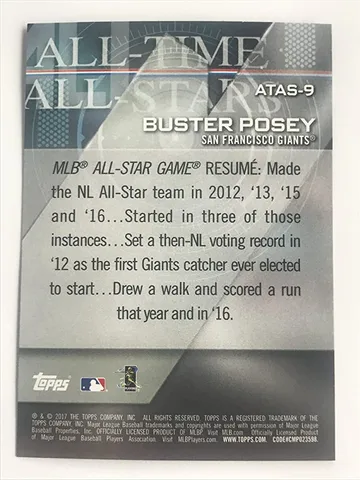
How can two companies trademark a name in the same class?
Understanding Trademarks and Classifications
In the world of business, trademarks are essential for protecting a company's brand and reputation. A trademark is a recognizable sign, design, or expression that identifies a product or service belonging to a specific company. Trademarks are classified into various categories, or 'classes,' based on the type of goods or services they represent. In this article, we will explore how it is possible for two companies to trademark a name in the same class and the implications it could have on both businesses.
Trademark Classes and Coexistence Agreements
Trademark classes are categories that group together similar goods or services, making it easier for businesses to register and protect their intellectual property. In some cases, two companies may wish to trademark a name within the same class. This situation can arise when two businesses operating in the same industry have similar names, or when a company wants to expand into a new product or service area that already has a trademarked name in that class.
One solution to this issue is a coexistence agreement. A coexistence agreement is a legal document in which two companies agree to use the same or similar trademarks without interfering with each other's business. This can be a mutually beneficial arrangement, as it allows both businesses to maintain their unique identity while minimizing the risk of legal disputes over trademark infringement.
Consent to Use and Registration
Another way for two companies to trademark a name in the same class is through consent to use and registration. In this scenario, one company already has a registered trademark in a specific class and agrees to allow another company to use a similar or identical trademark in the same class. The consenting company must provide written permission, which is then submitted to the trademark office along with the application for the second trademark.
It's important to note that consent to use and registration does not guarantee that the second trademark will be granted. The trademark office will still review the application to ensure that there is no likelihood of confusion between the two marks, and that the consent agreement adequately addresses any potential issues.
Overcoming Likelihood of Confusion
One of the main reasons why two companies may have difficulty trademarking a name in the same class is the likelihood of confusion. If consumers are likely to confuse one company's products or services with those of another, the trademark office may reject the application. To overcome this obstacle, companies must provide evidence that their trademarks are distinguishable and unlikely to cause confusion.
Some factors that can help distinguish trademarks include differences in logo design, color schemes, and marketing strategies. Additionally, providing proof that the two companies have coexisted in the market without confusion or that the consenting company's trademark has become weak due to lack of use can help in getting the second trademark application approved.
Navigating International Trademark Laws
Trademark laws vary from country to country, and this can also impact the ability of two companies to trademark a name in the same class. In some jurisdictions, it may be more difficult to obtain a coexistence agreement or consent to use and registration, while in others, the process may be more straightforward. It's essential for companies to research the specific trademark laws in each country where they plan to register their marks and consult with legal professionals to ensure they are following the correct procedures.
Benefits of Having Multiple Trademarks in the Same Class
While it can be challenging for two companies to trademark a name in the same class, there are also several benefits to this arrangement. For one, coexistence agreements and consent to use and registration can help foster a spirit of collaboration between businesses. This can lead to partnerships, joint ventures, and other opportunities for both parties involved.
Additionally, having multiple trademarks in the same class can create more choices for consumers, leading to increased competition and innovation within the industry. This can ultimately result in better products and services for customers and a more robust market overall.
Conclusion
In conclusion, it is possible for two companies to trademark a name in the same class through various methods, such as coexistence agreements, consent to use and registration, and by overcoming the likelihood of confusion. However, navigating this process can be complex and requires a thorough understanding of trademark laws in each relevant jurisdiction. By working together and seeking legal guidance, companies can protect their intellectual property while fostering collaboration and competition within their industry.






